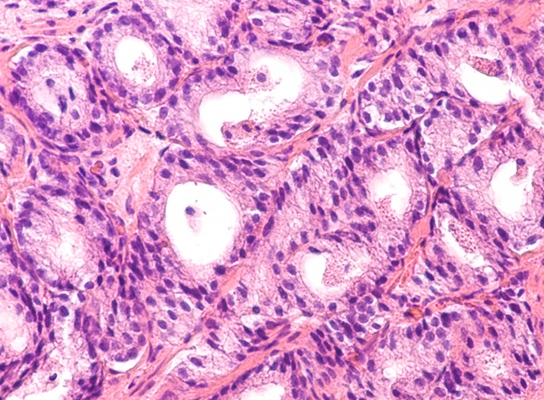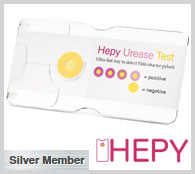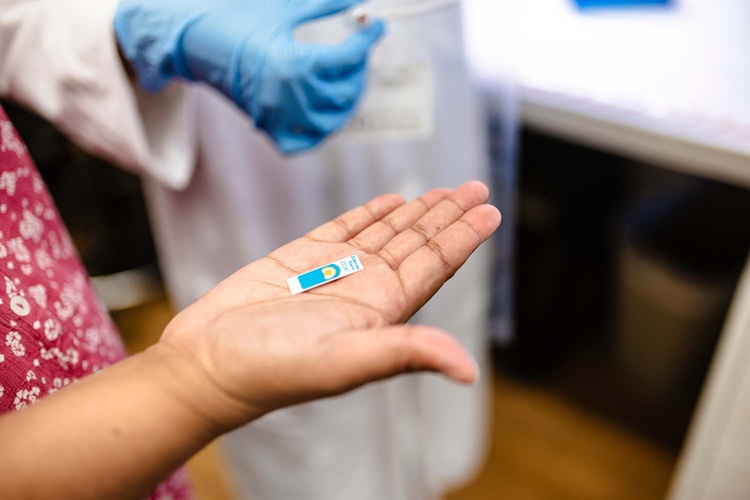AI Method Predicts Overall Survival Rate of Prostate Cancer Patients
Posted on 04 Jun 2025
Prostate adenocarcinoma (PAC) accounts for 99% of prostate cancer diagnoses and is the second most common cancer in men globally after skin cancer. With more than 3.3 million men in the United States diagnosed with prostate cancer and one in 44 dying from the disease, early and accurate survival prediction is vital. However, accurately predicting the overall survival of patients with PAC has long been a clinical challenge due to the disease's complex and varied nature. While early diagnosis improves treatment outcomes, the diverse progression patterns of this cancer make precise prognosis difficult. Now, scientists have developed a machine learning-based method that uses ensemble models to deliver near-perfect survival estimates for patients with PAC.
In a study led by University of Sharjah (Sharjah, UAE) and Near East University (Istanbul, Turkey), the researchers applied and evaluated eight machine learning ensemble methods to predict overall survival outcomes in prostate adenocarcinoma patients, using clinical and genomic data from The Cancer Genome Atlas (TCGA) PanCancer Atlas. The models assessed in the study include Random Forest (RF), AdaBoost, Gradient Boosting (GB), Extreme Gradient Boosting (XGB), LightGBM (LGBM), CatBoost, Hard Voting Classifier (HVC), and Support Vector Classifier (SVC). These ensemble techniques combine the predictive power of multiple algorithms to improve model performance. By using essential performance indicators such as accuracy, precision, recall, F1 score, and ROC AUC score, the researchers determined how well each method predicted patient survival.

The findings, published in the journal Computers in Biology and Medicine, reveal that among the eight models tested, GB emerged as the top performer, achieving a perfect score of 1.0 in accuracy, precision, recall, and F1 score, and 0.99 for ROC AUC. Other high-performing models included RF and AdaBoost, which also demonstrated strong predictive capability and robustness in distinguishing between positive and negative survival outcomes. The ability of these models to accurately identify high-risk and low-risk patients could offer critical support for clinical decision-making and individualized patient care. The use of these AI-driven models could greatly enhance the clinical understanding of PAC and overcome existing barriers by offering tailored prognostic insights, potentially leading to improved outcomes and optimized treatment strategies.
“The outstanding performances of GB are suggestive that it is an ensemble model, highly capable of predicting PAC (Prostate adenocarcinoma), because it identifies all true positive cases, and can minimize the negative cases as well as can be clinically integrated,” the study authors wrote. “RF performances showed its ability to distinguish between positive and negative cases of PAC highlighting its high level of accuracy, especially in predicting the presence of PAC.”














